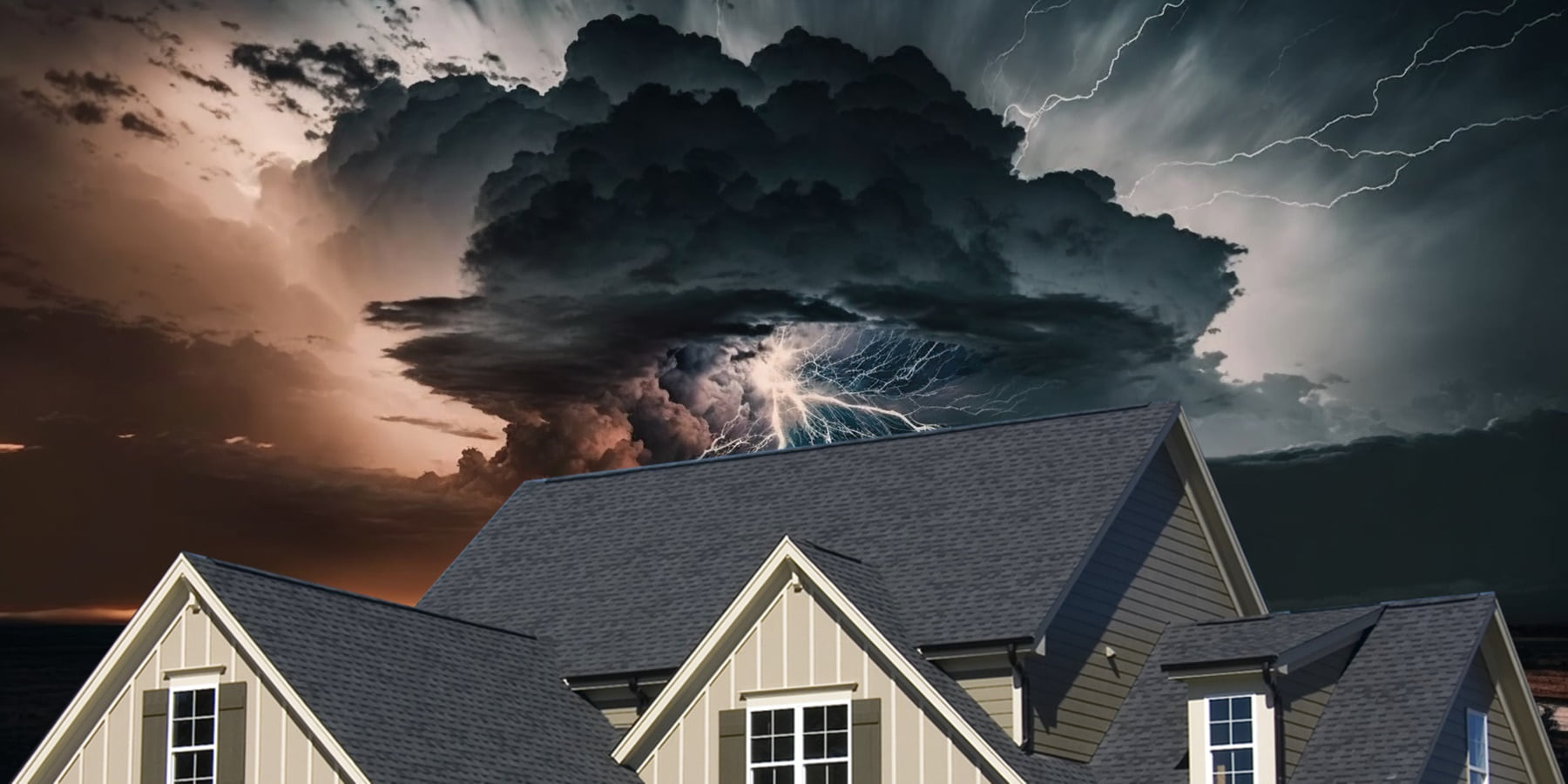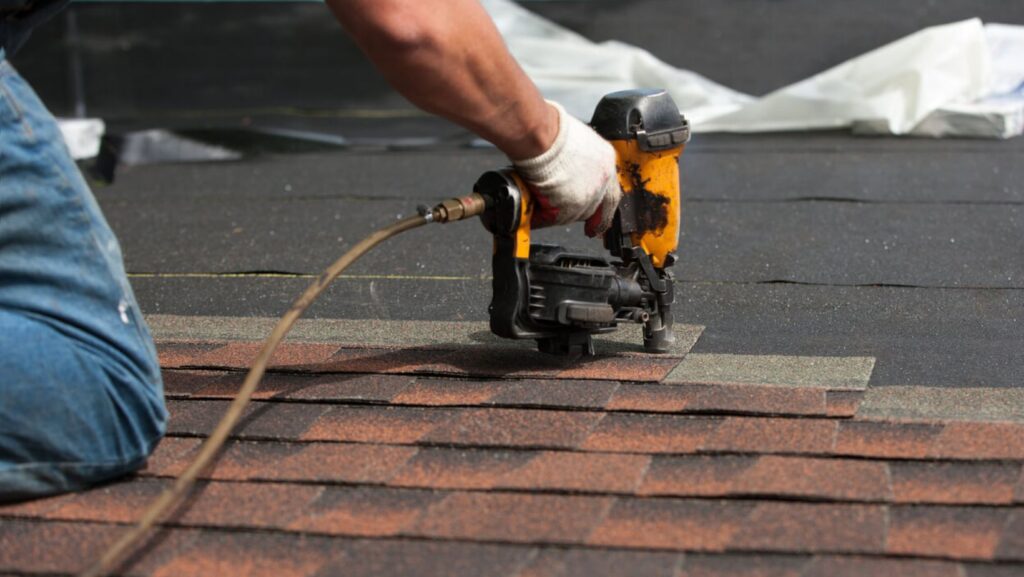As the hurricane season approaches, it’s essential for Orlando homeowners to take necessary precautions to protect their roofs and homes from potential damage. This blog post will provide expert tips and guidance from Orlando roofing experts to help you prepare your roof for the upcoming hurricane season. By following these recommendations and hurricane season preparedness, you can minimize the risk of roof damage and ensure the safety of your property and loved ones.
Roof Inspection Checklist
Inspecting your roof for damage is a crucial step in preparing for hurricane season. A thorough inspection can help you identify potential weak points and make necessary repairs before a storm hits. Here are some key aspects for preparing Roof Inspection Checklist to look for during your roof inspection:
Look for loose or missing shingles, tiles, or other roofing materials. These can be easily dislodged by strong winds, leading to leaks and further damage. Pay close attention to areas around chimneys, vents, and skylights, as they are more prone to wind damage.
Check for any areas where the roof is sagging or drooping. This could indicate structural damage or rotting wood, which can compromise the roof’s ability to withstand high winds.
Inspect the roof for any cracks or holes. These can allow water to seep in and cause significant damage to the roof deck and interior of your home.
Look for any signs of water damage, such as stains or mold. Water damage can weaken the roof and make it more susceptible to hurricane damage.
Check the flashing around chimneys, skylights, and other roof penetrations. Flashing is a thin metal material that helps prevent water from leaking around these areas. Through Roof Inspection make sure the flashing is properly installed and sealed to prevent water infiltration.
Trim Trees and Remove Debris
Trimming trees and removing debris are essential steps in preparing your roof for hurricane season. Overgrown tree branches can rub against your roof and cause damage, while debris such as leaves and twigs can clog gutters and downspouts, leading to water damage. To mitigate these risks, take the following precautions:
– Trim tree branches that hang over your roof by at least 10 feet.
– Remove any dead or diseased trees near your home.
– Keep gutters and downspouts clear of debris.
– Install gutter guards to prevent debris from accumulating.
– Consider installing hurricane clips or straps to secure your roof to the structure of your home.
By following these tips, you can help protect your roof from hurricane damage and ensure the safety of your home and family during the storm season.
Consider Installing Hurricane Clips
Installing hurricane clips or straps is a crucial step in hurricane season preparedness for fortifying your roof against the powerful winds that accompany hurricanes. These metal connectors provide an additional layer of security by anchoring your roof to the underlying structure of your home. By doing so, hurricane clips help to prevent the roof from being torn off during a storm.
The effectiveness of hurricane clips has been well-documented. In fact, studies have shown that roofs equipped with hurricane clips are up to 50% less likely to fail during a hurricane. This translates to significant savings in terms of repair costs and potential damage to your home’s interior.
Installing hurricane clips is a relatively simple and cost-effective process that can be completed by a professional roofing specialist. The clips are typically attached to the roof trusses or rafters and then secured to the roof deck. The entire process can usually be completed in a matter of hours, depending on the size of your roof.
If you live in a hurricane-prone area, installing hurricane clips is a wise investment that can help to protect your home from the devastating effects of these powerful storms. By taking this proactive step, you can give yourself peace of mind knowing that your roof is well-prepared to withstand the challenges of hurricane season.
Roof Flashing Inspection
Checking your roof flashing is a crucial step in preparing your roof for hurricane season. Flashing is the material that is installed around chimneys, skylights, and other roof penetrations to prevent water from leaking into your home. Over time, flashing can become damaged or dislodged, which can lead to leaks and water damage.
To check your roof flashing, you should first inspect it for any signs of damage, such as cracks, holes, or rust. If you find any damaged flashing, it is important to have it repaired or replaced as soon as possible. You should also check the sealant around the flashing to make sure that it is still intact. If the sealant is cracked or peeling, it should be reapplied.
If you are not comfortable inspecting your roof flashing yourself, you can hire a professional roofing expert to do it for you. A professional roofer will be able to identify any potential problems with your flashing and make the necessary repairs by providing Emergency Roofing Services Orlando.
Here are some additional tips for roof flashing inspection:
– Use a flashlight to inspect the flashing in dark areas.
– Look for any areas where the flashing is not properly sealed.
– Check the flashing around chimneys, skylights, and other roof penetrations for any signs of damage.
– If you find any damaged flashing, have it repaired or replaced as soon as possible.
By following these tips, you can help to protect your roof from damage during hurricane season.
Stock Up on Emergency Supplies – Hurricane Season Preparedness
In the unfortunate event of a hurricane, having a well-stocked supply of emergency items can make all the difference. Here are some essential supplies to consider:
- Tarps: Heavy-duty tarps can be used to cover damaged areas of your roof, windows, or doors. Emergency roof tarping providing temporary protection from the elements.
- Plywood: Plywood sheets can be used to board up windows and doors, offering additional security and protection against flying debris.
- Nails and a hammer: These tools will be necessary for securing tarps and plywood in place.
- Flashlight and batteries: A flashlight will be crucial for providing light during power outages, which are common during hurricanes. Make sure to have extra batteries on hand.
- First aid kit: A well-stocked first aid kit can come in handy for treating minor injuries that may occur during or after a hurricane.
- Non-perishable food and water: Stock up on a supply of non-perishable food items and bottled water that will last for at least three days.
- Medications: If you or anyone in your household relies on prescription medications, make sure to have an adequate supply on hand.
- Important documents: Keep important documents such as identification, insurance policies, and financial records in a waterproof container.
- Cash: ATMs and credit card machines may not be accessible during or after a hurricane, so having some cash on hand is essential.
- Generator: If you have a generator, make sure it is in good working condition and that you have enough fuel to power it.
- Pet supplies: If you have pets, ensure you have a supply of food, water, and any necessary medications for them.
Remember, it’s always better to be over-prepared than under-prepared. By stocking up on these emergency supplies, you can help ensure the safety and well-being of yourself and your loved ones during a hurricane.



